Can Trail Cameras Connect To Home Wifi ?
Yes, some trail cameras are equipped with Wi-Fi capabilities that allow them to connect to a home Wi-Fi network. This enables users to remotely access and control the camera, view live or recorded footage, and receive notifications on their smartphones or other devices.
1、 Wireless Connectivity: Enabling trail cameras to connect to home Wi-Fi.
Yes, trail cameras can connect to home Wi-Fi networks. In recent years, advancements in technology have allowed trail cameras to incorporate wireless connectivity features, enabling them to connect to home Wi-Fi networks. This connectivity allows users to remotely access and control their trail cameras from the convenience of their smartphones, tablets, or computers.
By connecting trail cameras to home Wi-Fi, users can receive real-time notifications and access live feeds from their cameras. This feature is particularly useful for hunters and wildlife enthusiasts who want to monitor their hunting grounds or observe wildlife activity without physically being present at the camera location.
Wireless connectivity also enables users to adjust camera settings, such as image resolution, trigger sensitivity, and capture intervals, remotely. This eliminates the need to visit the camera site and manually make changes, saving time and effort.
Furthermore, connecting trail cameras to home Wi-Fi networks allows for easy and convenient image and video transfer. Users can download captured media directly to their devices, eliminating the need to physically retrieve SD cards from the camera.
It is worth noting that not all trail cameras come with built-in Wi-Fi capabilities. However, there are aftermarket Wi-Fi adapters available that can be added to existing trail cameras to enable wireless connectivity.
In conclusion, wireless connectivity has revolutionized the trail camera industry, providing users with the ability to connect their cameras to home Wi-Fi networks. This feature offers convenience, remote access, and real-time monitoring, enhancing the overall user experience.
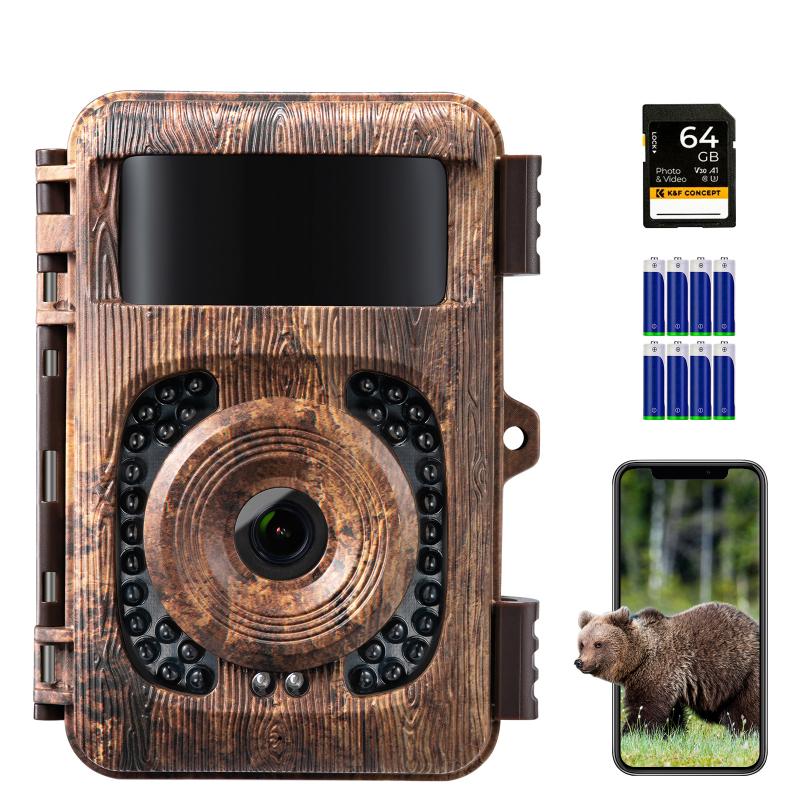
2、 Remote Monitoring: Accessing trail camera footage through home Wi-Fi network.
Yes, trail cameras can connect to home Wi-Fi networks for remote monitoring. This feature allows users to access the footage captured by their trail cameras from the comfort of their own homes. By connecting the trail camera to the home Wi-Fi network, users can view the live feed or recorded footage on their smartphones, tablets, or computers.
Remote monitoring through home Wi-Fi networks offers several advantages. Firstly, it provides convenience as users can easily check the camera's feed without having to physically visit the camera's location. This is particularly useful for those who have placed their trail cameras in remote or hard-to-reach areas. Additionally, it saves time and effort by eliminating the need to manually retrieve memory cards or physically transfer footage.
Moreover, remote monitoring allows for real-time surveillance. Users can receive instant notifications or alerts on their devices when the trail camera detects motion or captures an image. This enables them to promptly respond to any activity or wildlife sightings.
It is important to note that not all trail cameras have built-in Wi-Fi capabilities. However, there are various models available in the market that offer this feature. These cameras typically come with their own mobile apps or software that allow users to connect to their home Wi-Fi networks and access the footage remotely.
In conclusion, trail cameras can indeed connect to home Wi-Fi networks, enabling users to remotely monitor and access the camera's footage. This feature provides convenience, real-time surveillance, and eliminates the need for physical retrieval of memory cards.

3、 App Integration: Using smartphone apps to connect trail cameras to Wi-Fi.
Yes, trail cameras can connect to home Wi-Fi networks. With advancements in technology, many trail cameras now come equipped with Wi-Fi capabilities, allowing users to connect them to their home networks. This feature enables users to remotely access and control their trail cameras using smartphone apps or web portals.
App integration has become increasingly popular in the trail camera industry. Many manufacturers have developed smartphone apps that allow users to connect their trail cameras to Wi-Fi networks and access the camera's settings, view live or recorded footage, and receive notifications directly on their smartphones. These apps often provide a user-friendly interface and offer a range of features to enhance the user experience.
The ability to connect trail cameras to home Wi-Fi networks has several advantages. It allows users to conveniently monitor their camera's activity from the comfort of their homes, eliminating the need to physically visit the camera's location. This is particularly useful for users who have multiple trail cameras spread across different locations.
Furthermore, Wi-Fi connectivity enables users to receive real-time notifications when the camera detects motion or captures an image. This feature is especially beneficial for hunters or wildlife enthusiasts who want to stay updated on the latest activity in their hunting areas or wildlife habitats.
It is important to note that not all trail cameras have Wi-Fi capabilities, so it is essential to check the specifications of the camera before purchasing. Additionally, the range of Wi-Fi connectivity may vary depending on the camera model and the strength of the home network.
In conclusion, trail cameras can indeed connect to home Wi-Fi networks through app integration. This feature provides users with the convenience of remotely accessing and controlling their trail cameras, enhancing their overall experience and making wildlife monitoring more efficient.

4、 Cloud Storage: Uploading trail camera images/videos to the cloud via Wi-Fi.
Yes, trail cameras can connect to home Wi-Fi networks. Many modern trail cameras are equipped with Wi-Fi capabilities, allowing them to connect to a local network and transfer images and videos wirelessly. This feature enables users to remotely access and manage their trail camera footage from the convenience of their home.
By connecting a trail camera to a home Wi-Fi network, users can take advantage of various benefits. One of the key advantages is the ability to receive real-time notifications when the camera detects motion or captures an image. These notifications can be sent directly to a smartphone or computer, allowing users to stay updated on wildlife activity without physically visiting the camera location.
Additionally, connecting trail cameras to home Wi-Fi networks enables the convenience of cloud storage. Users can set up their cameras to automatically upload captured images and videos to the cloud via Wi-Fi. This eliminates the need for physical retrieval of SD cards or manual transfer of files, making it easier to access and organize the footage.
Cloud storage also provides an extra layer of security for the captured data. In the event of camera theft or damage, the footage remains safely stored in the cloud, ensuring that valuable evidence or wildlife documentation is not lost.
It is worth noting that the availability of Wi-Fi connectivity may vary depending on the specific trail camera model. Therefore, it is important to check the specifications and features of a trail camera before purchasing to ensure it meets the desired requirements.
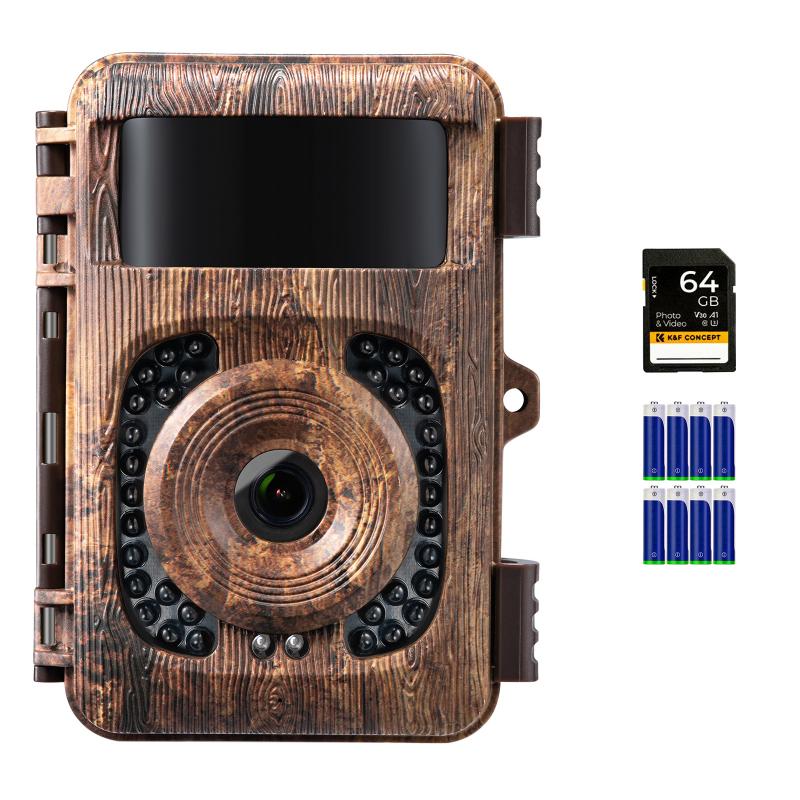


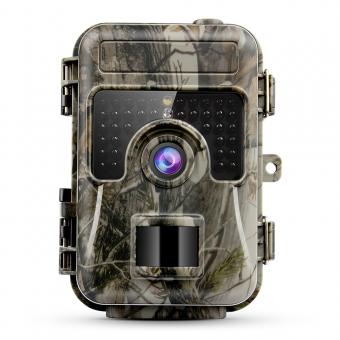







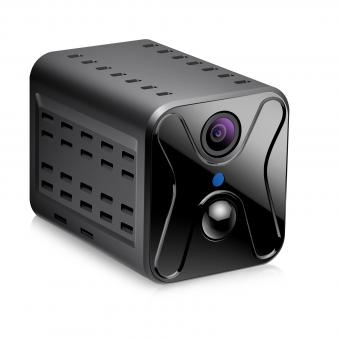

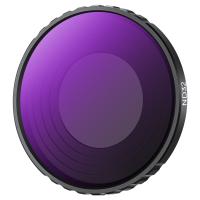




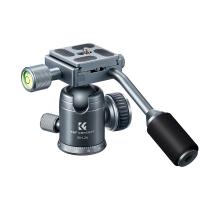


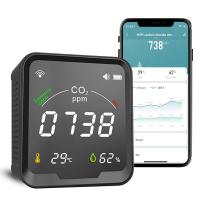


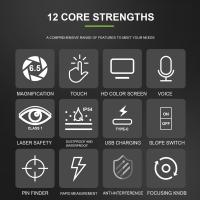
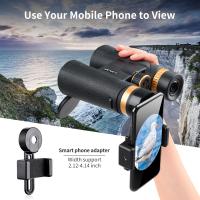






There are no comments for this blog.